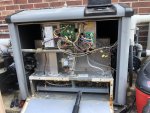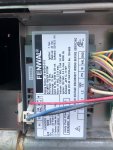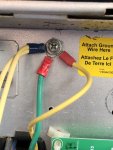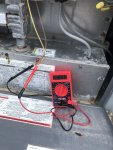After searching the web, I've read through a number of posts here in the forum and I cannot believe how helpful everyone is!
Ya'll are amazing so I'm going to give it a chance.
We received some flooding here and the pool heater did take in some water, but it worked earlier in the year. Now, I am receiving a Fault - Check IGN Control error with my Jandy LXI pool heater, so we are unable to heat the pool or spa. The spa functions perfectly otherwise, with air, bubbles, etc.
Model No. LXI400N
Serial No. G11LI0710
I've followed as many steps that I came across in other threads as well as the manual: https://www.jandy.ca/-/media/zodiac/global/downloads/h/h0286900.pdf?force=1, such as:
Thank you!
Andrew


Ya'll are amazing so I'm going to give it a chance.
We received some flooding here and the pool heater did take in some water, but it worked earlier in the year. Now, I am receiving a Fault - Check IGN Control error with my Jandy LXI pool heater, so we are unable to heat the pool or spa. The spa functions perfectly otherwise, with air, bubbles, etc.
Model No. LXI400N
Serial No. G11LI0710
I've followed as many steps that I came across in other threads as well as the manual: https://www.jandy.ca/-/media/zodiac/global/downloads/h/h0286900.pdf?force=1, such as:
- The Fan does come on and blows, but after about 4 minutes the light begins to slowly flash on the Ignition Control and the error pops up on the screen "Fault - Check IGN Control".
- Connected, cleaned and reconnected all the wires.
- Cleaned the Flame Sensor (haven't replaced it)
- I could see from the Sight Window on the right that the original Ignitor wasn't lighting up, so I replaced it. The new Ignitor still doesn't light up.
- Replaced the Ignition Control, but the Ignitor still doesn't light up.
Thank you!
Andrew





